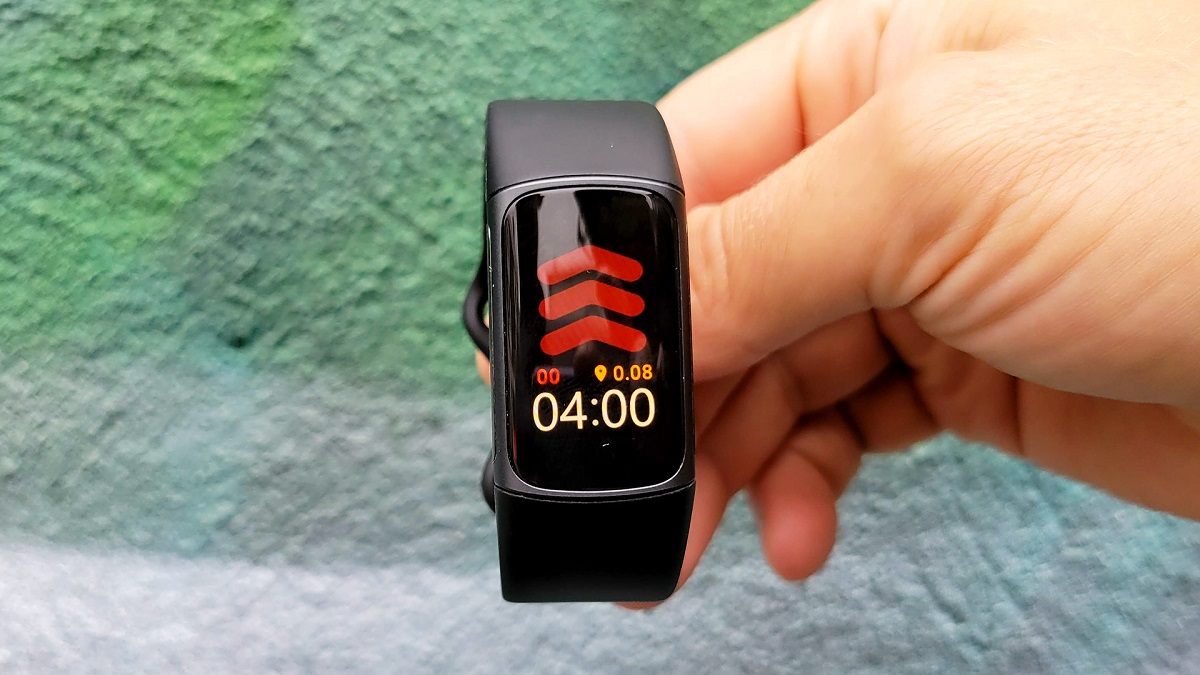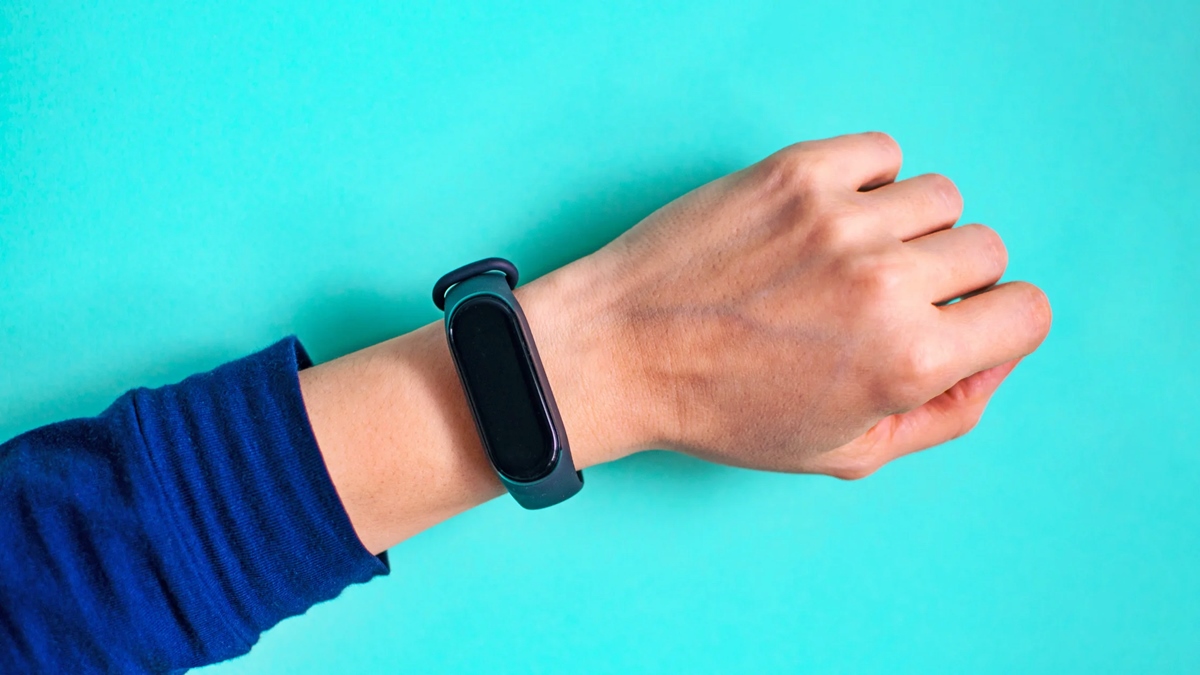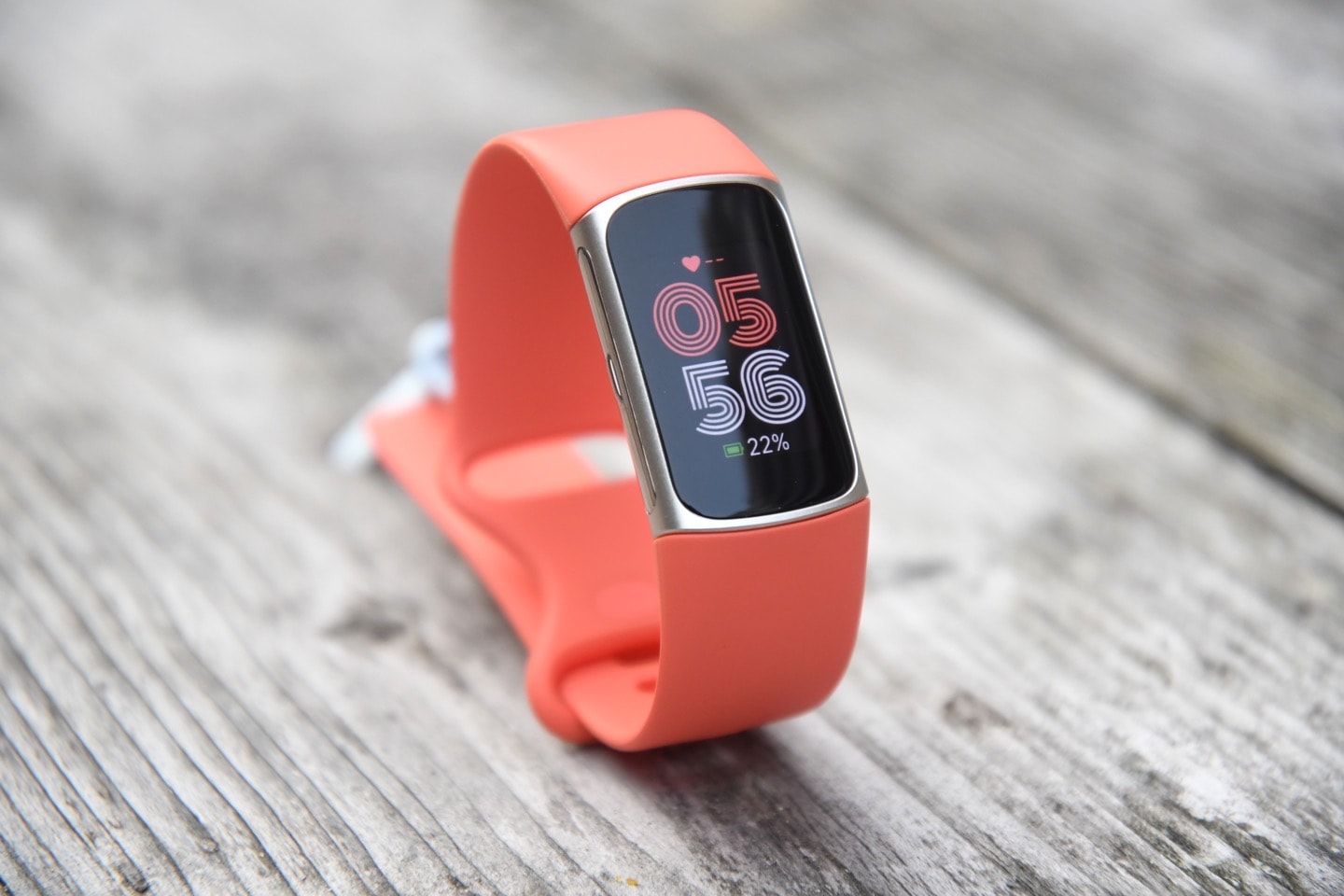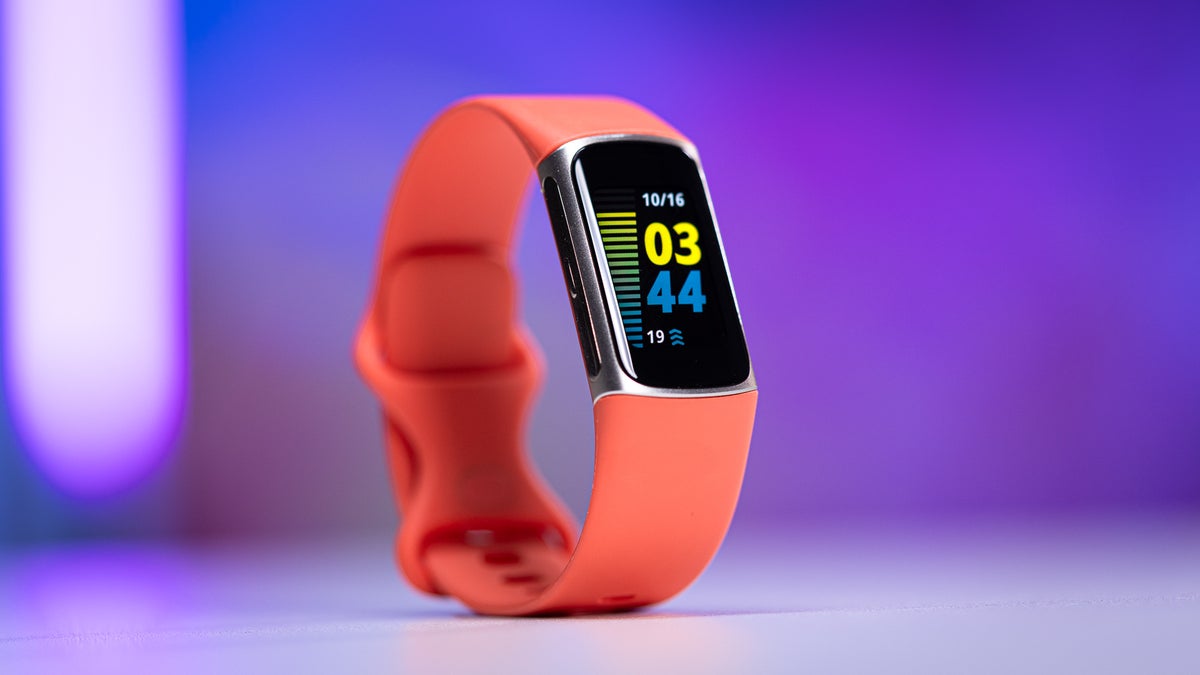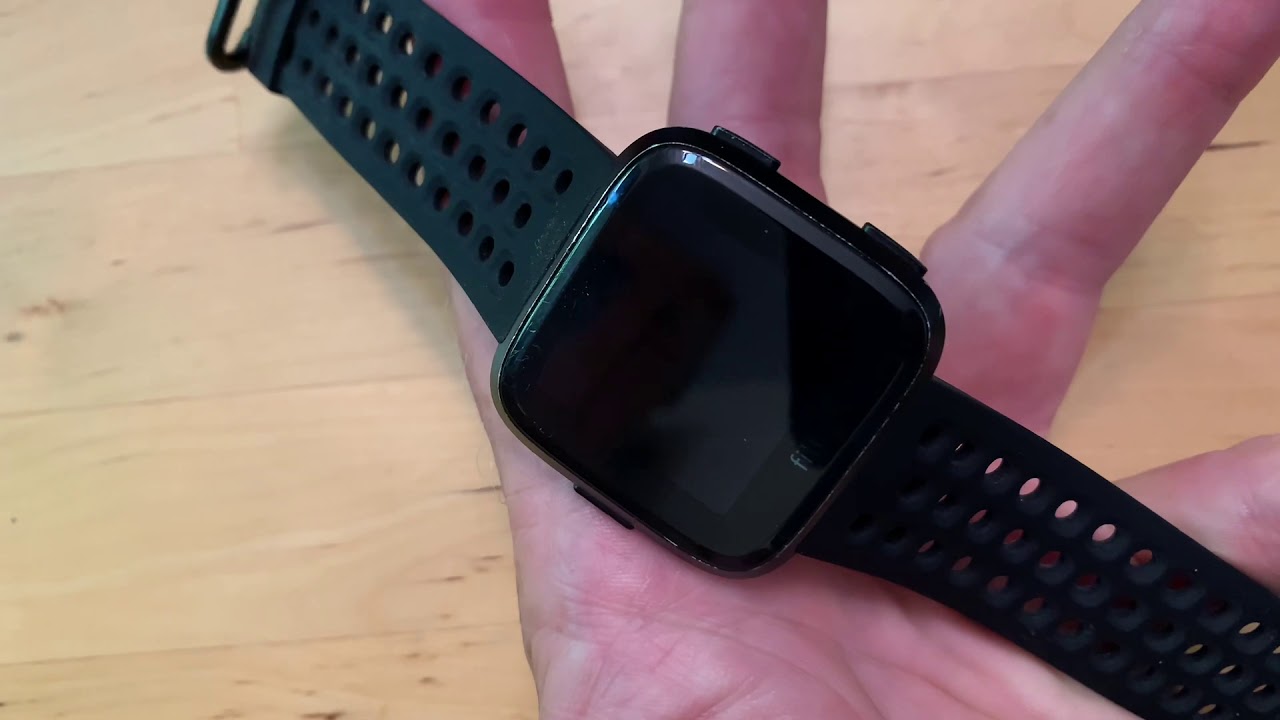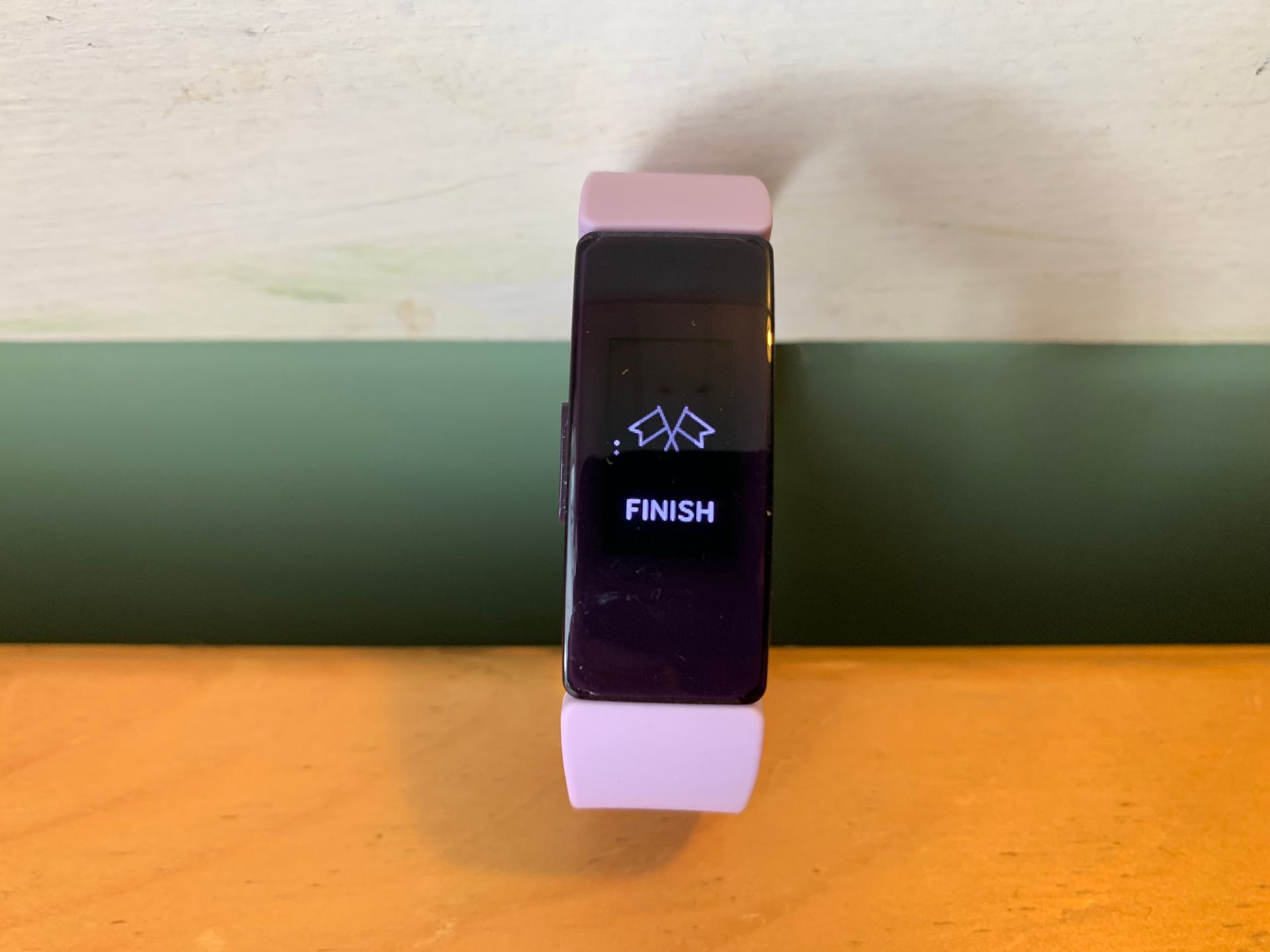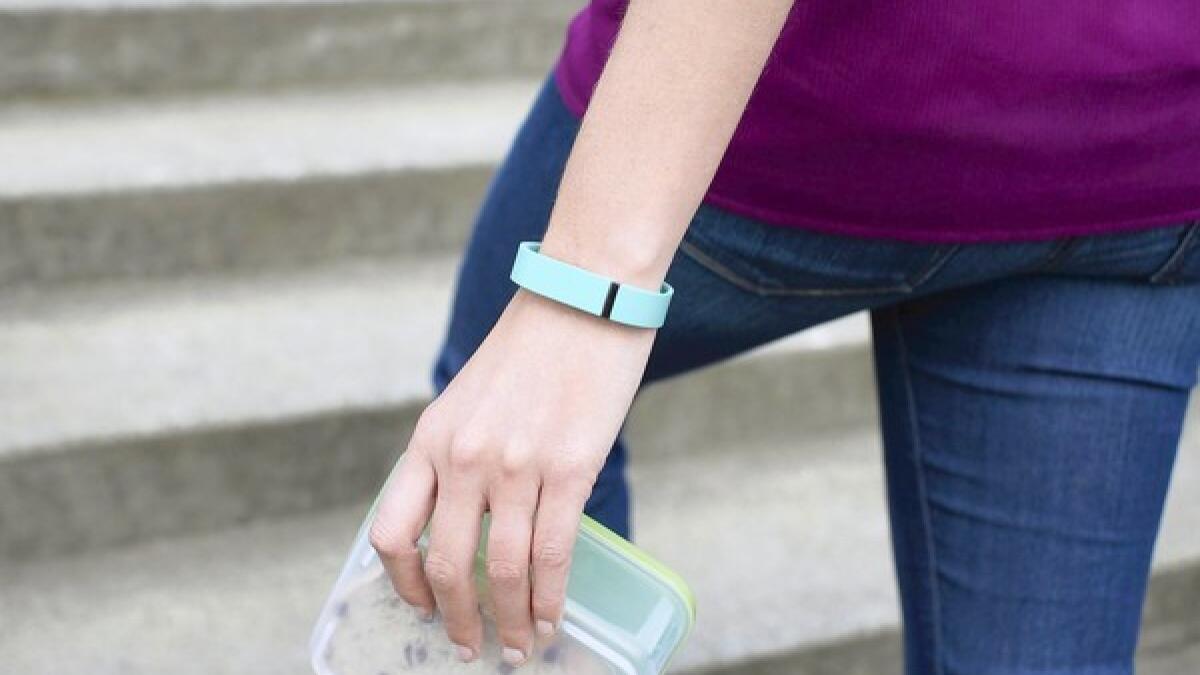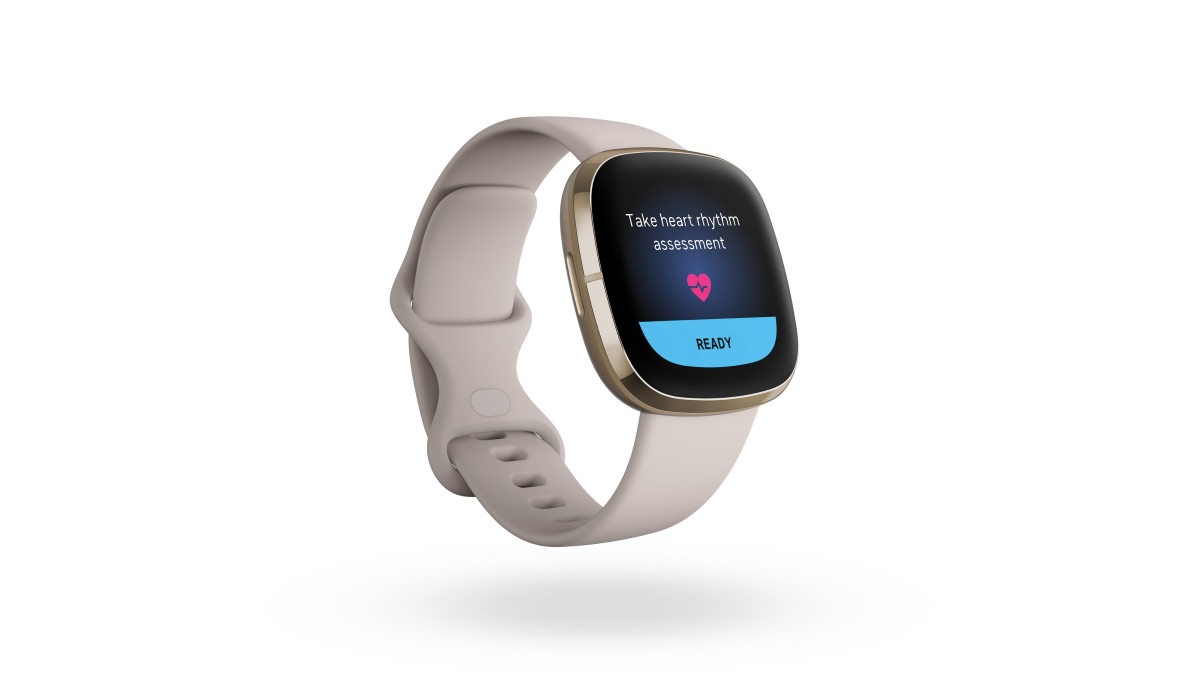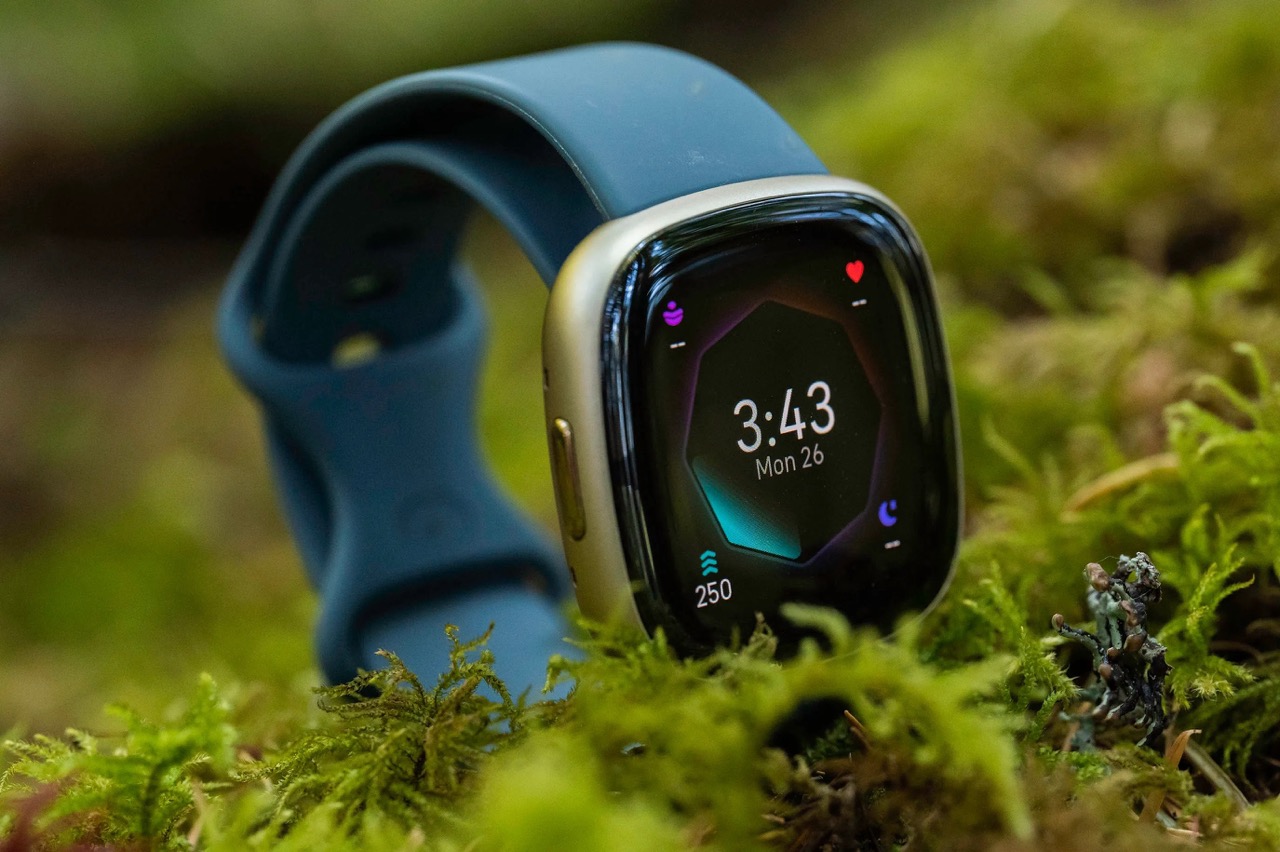Introduction
Welcome to the world of wearables, where technology seamlessly integrates with our daily lives to promote health and wellness. Among the myriad of wearable devices available, Fitbit has emerged as a frontrunner, offering users a comprehensive suite of features to monitor and enhance their fitness journey. As with any electronic device, ensuring that your Fitbit is adequately charged is crucial for uninterrupted usage and accurate tracking of your activities.
In this article, we will delve into the essential aspects of charging a new Fitbit, providing valuable insights into the optimal charging duration and best practices to maximize the battery's longevity. Whether you are an avid fitness enthusiast or a newcomer to the realm of wearables, understanding the nuances of Fitbit charging is paramount for a seamless and rewarding experience.
Stay tuned as we unravel the mysteries of Fitbit battery management, empowering you to make informed decisions and optimize the performance of your beloved fitness companion. Let's embark on this enlightening journey to uncover the secrets of charging a new Fitbit and unleash the full potential of this remarkable device.
Understanding Fitbit Battery
The heart of any wearable device lies in its battery, and the Fitbit is no exception. The Fitbit battery is a rechargeable lithium-polymer powerhouse that fuels the device, enabling it to track your daily activities, monitor your heart rate, and provide valuable insights into your fitness journey. Understanding the nuances of the Fitbit battery is crucial for maximizing its performance and ensuring a seamless user experience.
Fitbit employs advanced battery technology to strike a balance between power efficiency and performance, allowing users to enjoy extended usage without frequent recharging. The lithium-polymer composition offers several advantages, including a lightweight and compact design, making it an ideal choice for wearable devices. This ensures that your Fitbit remains comfortably wearable throughout the day, without adding unnecessary bulk or weight.
Moreover, Fitbit batteries are engineered to deliver consistent and reliable power to support the device's array of features, including continuous heart rate monitoring, sleep tracking, and exercise logging. This reliability is essential for users who rely on their Fitbit to provide accurate and real-time data to support their fitness goals.
Fitbit's battery management system is designed to optimize power consumption, thereby extending the device's battery life. This intelligent system leverages a combination of hardware and software algorithms to regulate power usage based on the user's activity level and usage patterns. By dynamically adjusting power output, the Fitbit battery can adapt to varying demands, ensuring efficient energy utilization without compromising performance.
As with any electronic device, proper care and charging practices can significantly influence the longevity and performance of the Fitbit battery. By understanding the intricacies of the Fitbit battery and adopting best practices for its maintenance, users can maximize the lifespan of their device and enjoy uninterrupted usage.
In the next sections, we will explore the specific guidelines for charging a new Fitbit, including the optimal duration for charging and valuable tips to enhance the battery's longevity. By gaining a comprehensive understanding of Fitbit battery management, users can harness the full potential of their device and embark on a seamless and rewarding fitness journey.
Charging a New Fitbit
When it comes to charging a new Fitbit, understanding the initial charging process is pivotal to ensure optimal performance and battery longevity. Upon unboxing your new Fitbit, it is recommended to initiate the charging process before embarking on your fitness journey. This initial charge serves multiple purposes, including priming the battery for long-term usage and ensuring that the device is powered up and ready for operation.
To commence the charging process, simply connect the proprietary charging cable to your Fitbit device and plug it into a power source, such as a computer's USB port or a wall adapter. As the device begins to charge, a subtle indicator light may illuminate, signaling that the battery is receiving power. It is important to allow the device to charge uninterrupted during this initial phase to ensure that the battery reaches its full capacity.
During the initial charge, the Fitbit device undergoes a series of internal processes to calibrate the battery and establish optimal performance parameters. This process is essential for conditioning the battery and setting the foundation for sustained usage. While the duration of the initial charge may vary depending on the specific Fitbit model, it is generally advisable to allow the device to charge for a few hours to ensure that the battery reaches its maximum capacity.
Additionally, the initial charging phase presents an opportune time to familiarize yourself with the essential features and functionality of your Fitbit device. As the device charges, take the opportunity to explore the accompanying mobile app or setup instructions, acquainting yourself with the myriad of capabilities that your Fitbit has to offer. This proactive approach sets the stage for a seamless transition into using your Fitbit for tracking activities, monitoring your health metrics, and achieving your fitness goals.
By adhering to the recommended guidelines for charging a new Fitbit, users can establish a solid foundation for prolonged battery life and reliable performance. The initial charging phase not only primes the battery for optimal usage but also provides users with an opportunity to acquaint themselves with the device's features, fostering a deeper understanding of its capabilities.
In the subsequent sections, we will delve into the optimal duration for charging a new Fitbit and explore valuable tips to enhance the battery's longevity, empowering users to make informed decisions and maximize the potential of their Fitbit device. Let's continue our journey to unravel the secrets of Fitbit battery management and charging best practices.
Duration for Charging
The optimal duration for charging a new Fitbit is a crucial consideration to ensure that the device's battery reaches its maximum capacity and is primed for sustained usage. While the specific duration may vary depending on the Fitbit model and battery capacity, adhering to general guidelines can help users maximize the battery's performance and longevity.
Typically, the initial charging phase for a new Fitbit involves allowing the device to charge for a few hours to ensure that the battery reaches its full capacity. This initial charge is essential for conditioning the battery and establishing a solid foundation for extended usage. While the exact duration may vary, a common recommendation is to charge the device for approximately 2 to 3 hours during the initial setup.
For subsequent charging cycles, it is advisable to monitor the battery level and recharge the Fitbit when the battery indicator signals a low charge. Fitbit devices often provide visual cues or notifications when the battery level is depleted, prompting users to initiate the charging process. When recharging the device, allowing it to charge uninterrupted until the battery reaches full capacity is recommended to optimize its performance.
Moreover, understanding the estimated battery life of your specific Fitbit model can provide valuable insights into the frequency and duration of charging cycles. Fitbit devices typically offer extended battery life, ranging from several days to over a week, depending on usage patterns and features enabled. By familiarizing yourself with the estimated battery life, you can proactively plan charging cycles to ensure that your Fitbit remains powered up and ready for use.
Additionally, leveraging advanced charging features such as fast charging or quick charge capabilities, if available for your Fitbit model, can significantly reduce the charging duration while efficiently replenishing the battery. These features are designed to expedite the charging process without compromising the battery's long-term performance, providing users with a convenient and efficient charging experience.
By adhering to the recommended duration for charging a new Fitbit and proactively monitoring the battery level, users can ensure that their device remains powered up and ready to support their fitness journey. Understanding the nuances of Fitbit charging durations and leveraging advanced charging features can contribute to a seamless and rewarding user experience, empowering users to stay connected and informed throughout their fitness endeavors.
Tips for Charging
Ensuring that your Fitbit remains adequately charged is essential for uninterrupted usage and accurate tracking of your fitness activities. To optimize the charging process and enhance the longevity of your Fitbit battery, consider the following valuable tips:
-
Regular Charging Routine: Establishing a regular charging routine for your Fitbit can help maintain the battery's performance and ensure that the device is always ready for use. Consider incorporating charging sessions into your daily or weekly schedule to prevent the battery from fully depleting, thereby promoting consistent and reliable usage.
-
Avoid Overcharging: While it is important to ensure that your Fitbit is adequately charged, overcharging the device can potentially impact the battery's long-term performance. Once the battery reaches its full capacity, disconnect the charging cable to prevent overcharging, which can lead to unnecessary strain on the battery.
-
Optimal Charging Environment: When charging your Fitbit, ensure that the charging environment is conducive to efficient and safe charging. Avoid exposing the device to extreme temperatures or prolonged exposure to direct sunlight during the charging process, as these factors can affect the battery's performance and overall lifespan.
-
Utilize Official Accessories: To maximize the compatibility and performance of your Fitbit device during charging, utilize official charging cables and accessories provided by Fitbit. Official accessories are specifically designed to complement the device's charging requirements, ensuring optimal charging efficiency and safety.
-
Monitor Battery Health: Stay informed about the battery health of your Fitbit by periodically checking the battery status through the accompanying mobile app or device settings. Monitoring the battery health can provide valuable insights into the charging patterns and overall performance of the battery, allowing you to make informed decisions regarding charging frequency and duration.
-
Enable Power Saving Modes: Some Fitbit models offer power-saving modes or features that can help conserve battery life during periods of low usage. Consider enabling these features to optimize power consumption and extend the battery life between charging cycles, especially during times when intensive activity tracking may not be necessary.
-
Firmware Updates: Regularly update the firmware of your Fitbit device to ensure that it benefits from the latest optimizations and enhancements related to battery management and charging efficiency. Firmware updates often include improvements that can positively impact the device's power consumption and overall battery performance.
By incorporating these tips into your Fitbit charging routine, you can proactively enhance the longevity and performance of your device's battery, ensuring that it remains a reliable companion throughout your fitness journey. Embracing these best practices empowers users to maximize the potential of their Fitbit while maintaining a seamless and rewarding user experience.
Conclusion
In conclusion, the journey of understanding Fitbit battery management and charging practices has unveiled the pivotal role of proper charging in maximizing the performance and longevity of the device. From the initial charging of a new Fitbit to the ongoing maintenance of its battery, users have gained valuable insights into the nuances of powering up their fitness companion.
By comprehending the intricacies of the Fitbit battery, users can approach the charging process with confidence, knowing that they are priming their device for sustained usage and reliable performance. The initial charging phase serves as a crucial foundation, conditioning the battery and setting the stage for a seamless transition into using the Fitbit to track activities, monitor health metrics, and achieve fitness goals.
Understanding the optimal duration for charging a new Fitbit has provided users with a clear roadmap for ensuring that the battery reaches its maximum capacity, ready to support their active lifestyle. Additionally, the exploration of valuable tips for charging has equipped users with proactive strategies to maintain the battery's health and performance, fostering a consistent and reliable charging routine.
As users embark on their fitness journey with their trusted Fitbit companion, the knowledge gained from this exploration of Fitbit battery management will serve as a guiding light, empowering them to make informed decisions and optimize the charging experience. By embracing best practices and leveraging advanced charging features, users can confidently navigate the realm of Fitbit charging, ensuring that their device remains powered up and ready to support their fitness endeavors.
Ultimately, the seamless integration of charging practices into the Fitbit experience fosters a harmonious relationship between users and their devices, enabling uninterrupted usage and accurate tracking of fitness activities. With a deeper understanding of Fitbit battery management and charging best practices, users can embark on their fitness journey with confidence, knowing that their Fitbit is primed for optimal performance and ready to accompany them every step of the way.
In essence, the journey of charging a new Fitbit transcends the mere act of powering up a device; it embodies the fusion of technology and wellness, empowering users to embrace a lifestyle of vitality and well-being. As users harness the capabilities of their Fitbit device, the knowledge and insights gained from this exploration will continue to illuminate their path, ensuring that their Fitbit remains a steadfast companion in their pursuit of a healthier, more active lifestyle.







